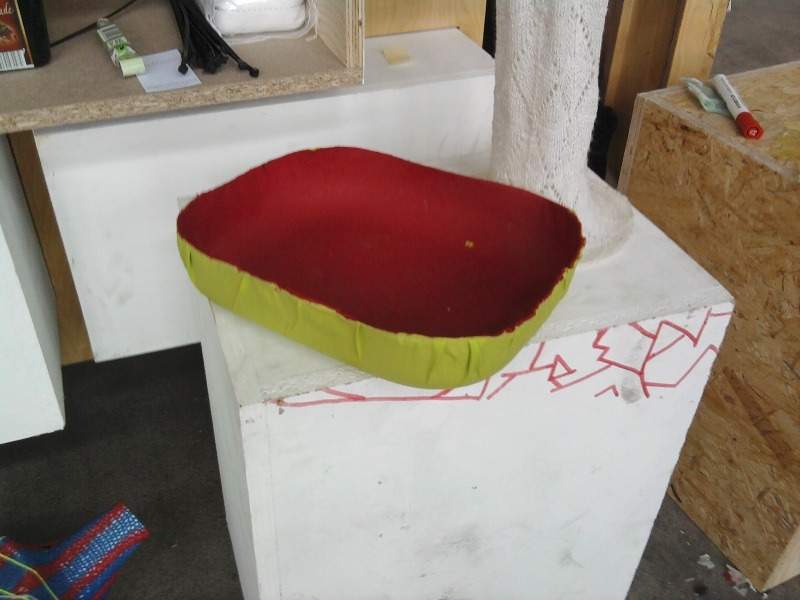Researchers at the Tel Aviv University in Israel have developed a process to make bioplastic polymers from microorganisms that feed on seaweed.

Image: Tray made from bioplastics. Photo: Courtesy of Mendel Heit.
Researchers at the Tel Aviv University in Israel have developed a process to make bioplastic polymers from microorganisms that feed on seaweed.
Using the microorganisms, the scientists produced a bioplastic polymer known as polyhydroxyalkanoate (PHA), which is biodegradable, produces zero toxic waste and can be recycled into organic waste.
According to the United Nations, plastic is a major source of pollution in the oceans, accounting for up to 90% of all pollutants found.
Tel Aviv University researcher Dr. Alexander Golberg said: “Plastics take hundreds of years to decay. So bottles, packaging and bags create plastic ‘continents’ in the oceans, endanger animals and pollute the environment.
“A partial solution to the plastic epidemic is bioplastics, which don’t use petroleum and degrade quickly. But bioplastics also have an environmental price: To grow the plants or the bacteria to make the plastic requires fertile soil and fresh water, which many countries, including Israel, don’t have.
“Our new process produces ‘plastic’ from marine microorganisms that completely recycle into organic waste.”
Golberg highlighted that the new process will not strain valuable resources such as agricultural land and fresh water that are used to grow plants for use in bioplastics and will be a good alternative for countries with a shortage of fresh water.
The process uses multi-cellular seaweed, cultivated in the sea, as the raw material. The microorganisms, which eat these algae, produce a polymer that can be used to make bioplastic.
He further added that the team of researchers is now undertaking research to find the most suitable bacteria and algae for producing polymers for bioplastics with different properties.
In July this year, researchers at Georgia Institute of Technology in the US created a flexible film using crab shells and tree fibres. The researchers projected the film as a potential alternative to flexible plastic packaging.
